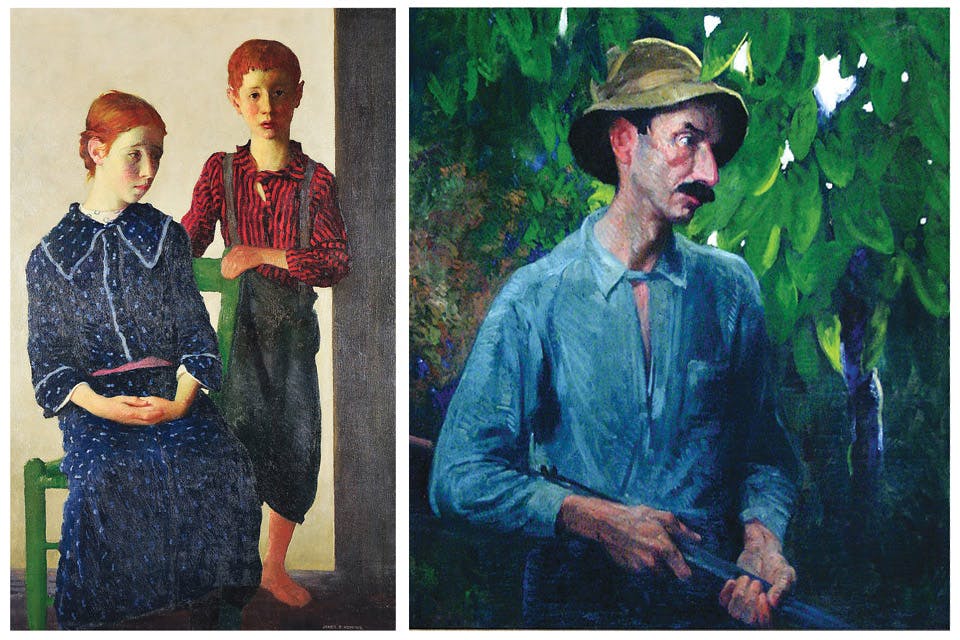Arts
Faces of the Heartland
The Columbus Museum of Art highlights Ohioan James R. Hopkins’ innovative early 20th-century paintings depicting the Cumberland mountaineers of Kentucky.
Related Articles

See ‘Tony Foster: Exploring Time, A Painter’s Perspective’ in Dayton
Artist Tony Foster examines both the enormity and fleeting nature of time with his watercolor paintings. An exhibition of his work opens at the Dayton Art Institute on Feb. 21. READ MORE >>

Restoration Begins on George Sugarman’s ‘Cincinnati Story’ at Pyramid Hill Sculpture Park
The colorful, iconic sculpture is undergoing restoration ahead of a 2026 public rededication. READ MORE >>

The Butler Institute of American Art Adds Mateo Blanco Paintings to Collection
The acclaimed artist donates his signature pieces “Presidential Flag” and “Yellow Flag” to The Butler Institute of American Art in Youngstown, expanding the museum’s reflections on American identity. READ MORE >>




